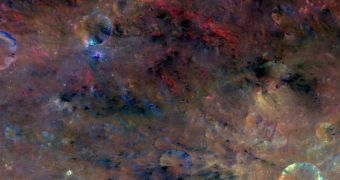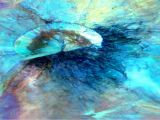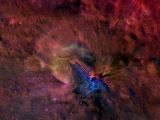Scientists with the Max Planck Institute for Solar System Research (MPI-SSR), in Katlenburg-Lindau, Germany, have just released a new set of images, which depict the surface of asteroid Vesta in a light that was never seen before. The photos were collected over the past year from the asteroid's own orbit.
Investigators in Germany decided to use photographs gathered in 2011 and 2012 by the NASA Dawn space probe, which investigated the largest asteroid in our solar system for about a year, before departing for a rendezvous with dwarf planet Ceres.
Located in the Inner Asteroid Belt, Vesta is widely considered a so-called protoplanet, a celestial body that could have developed into an object the size of Mercury, Venus or even Earth if given the right conditions. However, something happened in the early solar system that stopped its growth.
The purpose of Dawn was to investigate the object's origins, and figure out what went wrong with it. As researchers are still analyzing the wealth of data that the spacecraft returned to Earth, scientists in Germany have decided to create a set of images depicting Vesta as it may have looked like.
Right now, if it were possible to see the asteroid from close by, it would appear to be permeated by hues of gray, dotted by darker spots caused by large and small impact crater. What the MPI-SSR team did was color-code different wavelengths of light, to obtain a new type of view on Vesta.
The effort, apart from its aesthetic side, also revealed significant details about the geological structure on Vesta, an asteroid that is apparently significantly more complex than others in its group. The team predominately used images collected by the framing cameras on Dawn.
Boasting a resolution of around 60 meters (200 feet) per pixel, these images reveal interesting aspects of the asteroid that were previously hidden, including materials that were brought to Vesta by other space rocks, buried craters and rocks melted by the force of past impacts.
“The key to these images is the seven color filters of the camera system on board the spacecraft,” says the leader of the framing camera data team at MPI, Andreas Nathues. “No artist could paint something like that. Only nature can do this,” adds team member Martin Hoffman.

 14 DAY TRIAL //
14 DAY TRIAL // 

